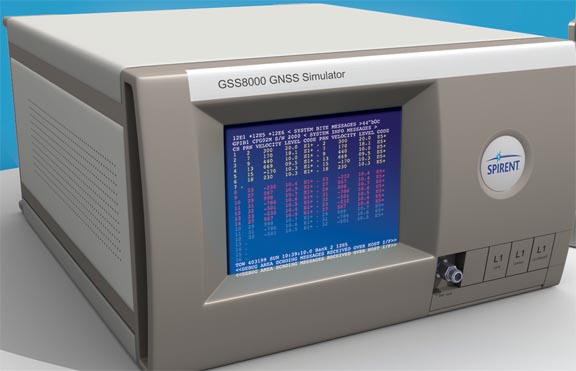 Martyn Thomas, RAE GNSS Study Group Chairman
Martyn Thomas, RAE GNSS Study Group ChairmanRelease of a British Royal Academy of Engineering (RAE) report today (March 8, 2011) adds another chapter to the growing chronicle of GNSS vulnerability — concluding that the integrity of GNSS is insufficient for safety-of-life applications.
Release of a British Royal Academy of Engineering (RAE) report today (March 8, 2011) adds another chapter to the growing chronicle of GNSS vulnerability — concluding that the integrity of GNSS is insufficient for safety-of-life applications.
Commissioned by the RAE a year ago, the report, titled “Global Navigation Space Systems: reliance and vulnerabilities,” was authored primarily by Martyn Thomas, a consultant systems engineer and visiting professor in software engineering at the University of Oxford who headed an RAE working group that conducted the study.
Thomas cited European Commission estimates that 6–7 percent of GDP in Western countries — about €800 billion in the European Union — is already dependent on satellite positioning, navigation, and timing (PNT).
The report examines a wide variety of potential GNSS vulnerabilities in three categories: system-related (including signals and receivers, propagation channel–related (atmospheric and multipath), and interference-related (accidental or intentional).
Similarly, the RAE study makes 13 recommendations in three areas with which to improve the situation — raising awareness of the nature and magnitude of the issues, proposing some policy interventions that could reduce the risks, and increasing the resilience of services that rely on GNSS.
“The Academy’s study has identified an increasing number of applications where PNT signals from GNSS are used with little, or no, non-GNSS based back-ups available,” the report observes, later recommending that “The provision of a widely available PNT service as an alternative to GNSS is an essential part of the national infrastructure.”
Other recommendations to UK governmental and industry decision-makers included:
· Greater cross-government coordination of science and technology issues related to national security should explicitly recognize the importance of PNT, “treating it as an integral part of the operation of national infrastructure.”
· Provision of “a widely available PNT service as an alternative to GNSS is an essential part of the national infrastructure. It should be cost effective to incorporate in civil GNSS receivers and free to use. Ideally it should provide additional benefits, such as availability inside buildings and in GNSS blindspots.” The report’s authors added that they “are encouraged by progress with eLORAN in this context.”
· The Cabinet Office Civil Contingencies Secretariat should commission a review of the benefits and cost-effectiveness of establishing a monitoring network to alert users to disruption of GNSS services, building on the results of the GAARDIAN and similar projects.
· Widely deployed commercial services such as stolen vehicle tracking or road user charging should favor designs where the user gains little or no advantage from the jamming of GNSS signals.





